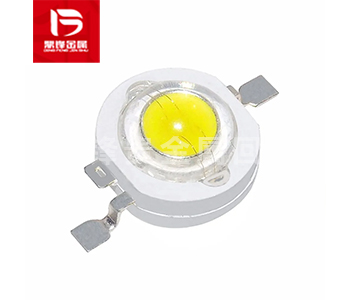
LED lamp recycling
LED lamp beads are a kind of semiconductor device, which consists of semiconductor chips, packaging materials and metal wires. Its working principle is the luminescence phenomenon generated by the passage of current through semiconductor materials. It has the advantages of energy saving, long life and environmental protection. The waste of LED lamp beads mainly comes from discarded lighting products, manufacturing process waste, electronic equipment waste, and research and development and experimental waste. Waste LED lamp beads are one of the sources of gold-containing waste recycling. The sources of gold-containing waste recycling include gold paste recycling, slag recycling, gold water recycling, gold salt recycling, gold plating liquid recycling, gold wire recycling, gold paste recycling, etc.
- Parameter
- Related Questions and Answers
-
Name : LED lamp beads
-
Use : Electronic equipment indicator lights, car lighting, display backlights, etc.
-
Application Areas : Energy field, electronics industry, automobile industry, etc.
-
Appearance and properties : LED
-
Settlement Method : On-site payment
-
Recycling Type : Gold plating recycling
-
Door-to-door recycling:worldwide
-
Customer Service : Free content testing and door-to-door recycling
Product Details
LED lamp beads refer to the chip part of the light emitting diode (LED), also known as LED chips or LED wafers. LED is a semiconductor device that emits light when current passes through semiconductor materials. It has the advantages of energy saving, long life and environmental protection. LED lamp beads are usually composed of a small semiconductor chip, packaging materials and metal wires. The working principle of LED lamp beads is based on the phenomenon of semiconductor light emission. When current passes through the LED chip, electrons in the semiconductor material combine with holes to generate photons, thereby generating visible light. The color of LED lamp beads depends on the semiconductor materials used and the control method of the light emission process. LED lamp beads are widely used in lighting, display screens, indicator lights and other fields because they can provide efficient and low-energy lighting solutions and have a long service life.
LED lamp bead waste recycling mainly comes from the following aspects:
1. Waste lighting products: The primary source of LED lamp bead waste is waste lighting products, including LED bulbs, lamp tubes, etc. These products become waste after their service life ends, which contain a large number of LED lamp beads and related electronic components.
2. Manufacturing process waste: Manufacturing process waste is also an important source of LED lamp bead waste, covering the waste and by-products generated in the production of LED lamp beads. This type of waste may include LED chips that do not meet quality standards during the production process, discarded semi-finished products, and discarded process auxiliary materials.
3. Electronic equipment waste: LED lamp beads are widely used in various electronic devices, such as display screens, TVs, computer monitors, etc. When these devices are scrapped or eliminated, LED lamp beads also become part of electronic waste.
4. R&D and experimental waste: Mainly involves waste generated in the research and development and experimental stages of LED technology, including unsuccessful LED samples, experimental products, and waste generated during the experiment. These wastes may not only contain hazardous substances, but also have unique technical characteristics.
Waste LED lamp beads are one of the sources of gold-containing waste recycling. The sources of gold-containing waste recycling include gold slurry recycling, slag recycling, gold water recycling, gold salt recycling, gold plating liquid recycling, gold wire recycling, gold paste recycling, etc. If you have any gold-containing waste recycling needs, please call our 24-hour service hotline. Dingfeng Precious Metal Recycling and Refining Factory has an independent recycling and refining factory without middlemen to make a profit from the price difference. There is no middleman to make a profit from the price difference. There is a professional technical team and customer service staff one-to-one service to ensure customer privacy during the recycling process.

